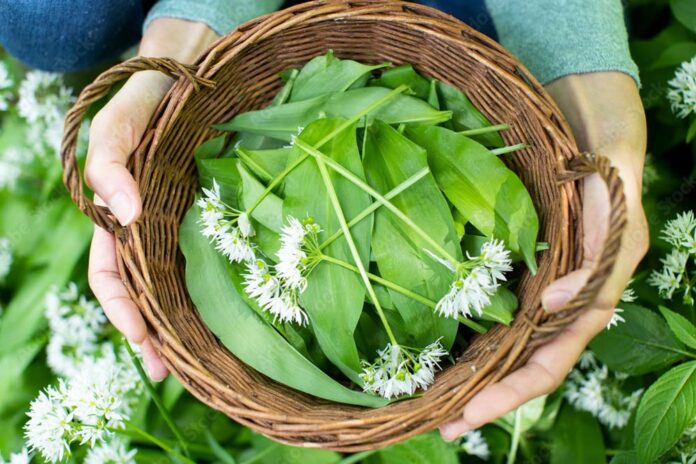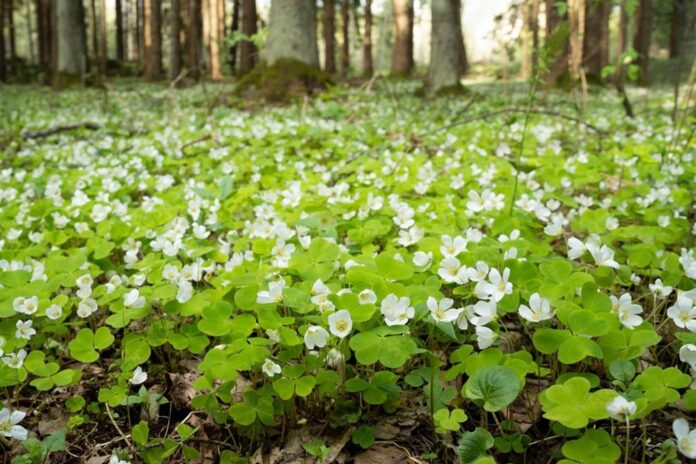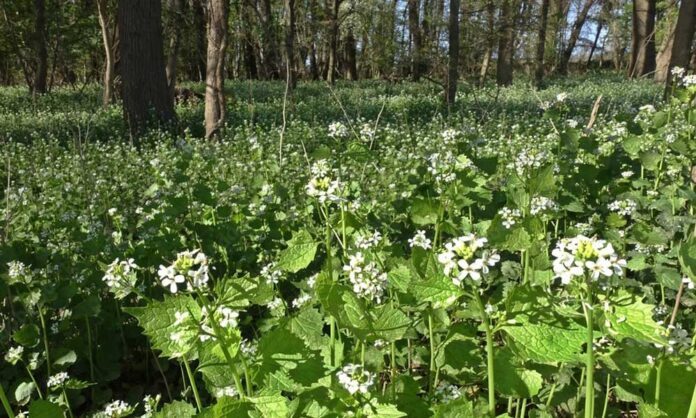Ditch the Disdain, Embrace the Dock: Unlock This Plant’s Power!
On your next stroll through the lush fields or along the winding paths of Marblehill, you might encounter a plant that sparks a debate – the curly dock (Rumex crispus) and the Irish name (Copóg chatach). Often dismissed as a weed, the curly dock boasts a surprising history, unique characteristics, and even potential uses that go beyond simply being an unwelcome guest in your garden.
A Wavy Wonder: Identifying the Curly Dock
Learning to identify the curly dock is the first step to appreciating its hidden potential. Unlike its broadleaf cousin, the curly dock’s leaves are its most distinctive feature. Imagine long, slender emerald blades with a distinct, wavy margin. In spring, the plant forms a low-lying rosette of these wavy leaves. As summer progresses, a tall, hollow stem emerges, topped with greenish-brown flower clusters. Later in the season, these clusters transform into reddish-brown seed heads, ensuring the curly dock’s persistence.
A Weed or a Wonder? The Two Sides of the Curly Dock
The curly dock’s reputation is a double-edged sword. For gardeners, its tenacious roots and prolific seeding can be a nuisance. It readily establishes itself in disturbed areas and competes with desired plants for water and nutrients. However, beneath this weedy exterior lies a plant with a surprising past and potential benefits.
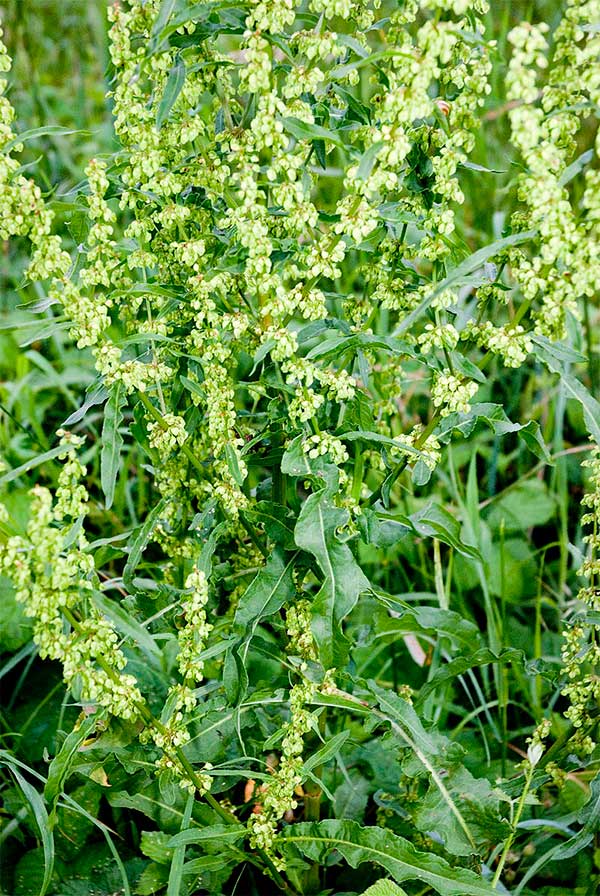
A Historical Culinary Hero: Believe it or not, curly dock leaves were once a common ingredient in European cuisine. The young, tender leaves were boiled and eaten as a green vegetable, offering a source of vitamins and minerals. Even the seeds were ground into flour and used for baking in times of scarcity.
A Forager’s Friend: Exploring the Potential of Curly Dock
While curly dock may not be a mainstay on modern menus, it still holds some appeal for adventurous foragers. The young leaves, harvested before the plant flowers, can be enjoyed raw in salads for a tangy, slightly sour flavour. Just be sure to harvest from unsprayed areas and avoid overconsumption, as curly dock contains oxalic acid (same as spinach), which can irritate the digestive system in large quantities. Embrace its versatility and discover new ways to add a tangy twist to your dishes. Here are some ideas to get you started:
Unleash the Hidden Flavour: Turning Curly Dock into Tangy Treats!
- Salads: Harvest young curly dock leaves before they get tough. Finely chop them and add a peppery bite to your salad mix. Consider pairing them with other springtime greens, crumbled cheese, and a light vinaigrette.
- Sautéed Greens: Similar to spinach or kale, young curly dock leaves can be sautéed with garlic and olive oil for a simple and nutritious side dish. Season with salt, pepper, and a squeeze of lemon juice to enhance the flavour.
- Soup Enhancer: Add chopped curly dock stems to your vegetable soups or stews during the simmering process. The tangy flavour complements other vegetables like potatoes, carrots, and onions.
- Pickled Delights: Slice the stems of curly dock and pickle them for a unique and flavourful condiment. The pickled curly dock adds a vibrant display of colour and a delightful sourness to sandwiches, cheese boards, or grilled vegetables.
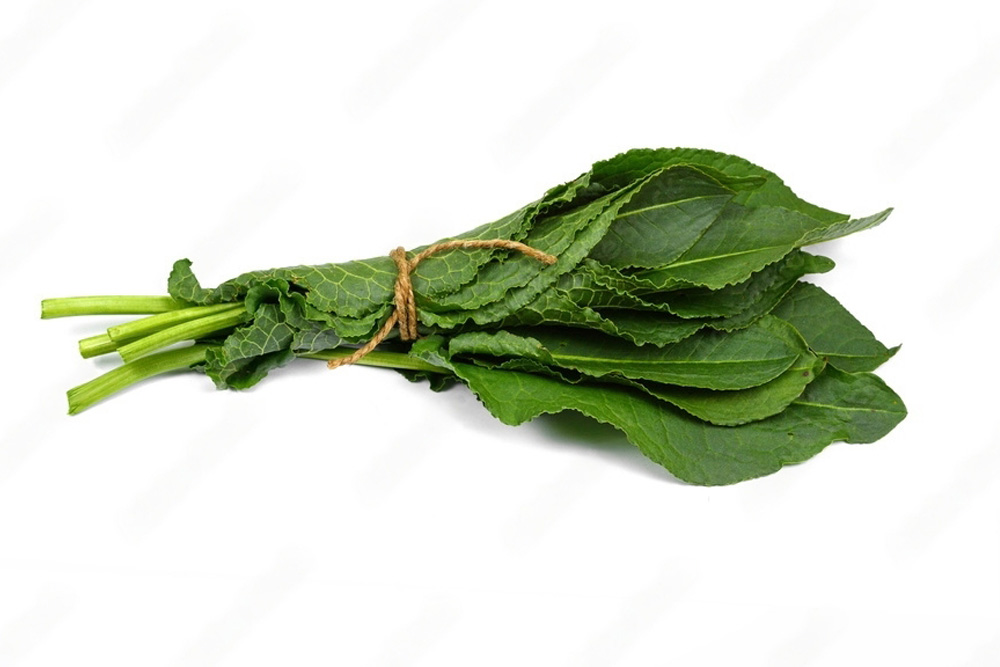
Beyond the Plate: Curly dock leaves have also been used traditionally for medicinal purposes, although scientific evidence to support these claims is limited. It’s important to consult with a qualified herbalist before using curly dock medicinally.
Curly dock is a surprisingly nutritious plant, offering a good amount of several vitamins and minerals. Here’s a breakdown of some key nutrients found in the curly dock:
- Vitamins: Curly dock is a good source of Vitamin A, essential for healthy vision and immune function. It also contains Vitamin C, an antioxidant that helps protect cells from damage and boosts the immune system. Additionally, the curly dock offers some Vitamin K, which plays a role in blood clotting and bone health.
- Minerals: This versatile plant is a good source of dietary fibre, aiding digestion and promoting a feeling of fullness. It also contains Iron, important for transporting oxygen throughout the body, and Calcium, which contributes to strong bones and teeth.
- Other Nutrients: Curly Dock boasts antioxidants like beta-carotene and lutein, which may protect against chronic diseases. Additionally, it contains some Oxalic Acid (as does spinach), which can be beneficial in small amounts but can interfere with mineral absorption in really high doses.
Important Note: While curly dock offers some potential health benefits, it’s crucial to remember:
- Consult a herbalist: Before incorporating curly dock into your diet, especially if you have any underlying health conditions or take medications.
- Focus on Young Parts: As mentioned earlier, harvest young, tender leaves and stems for the best flavour and nutrient content. Older parts become increasingly bitter and may contain higher levels of oxalic acid.
- Enjoy Moderation: Like many things, moderation is key. While curly dock offers some nutrients, it shouldn’t be a staple food.
By understanding the nutrient content and potential benefits of curly dock, you can make informed decisions about incorporating it into your diet safely and enjoy its unique flavour profile.
Curly Dock: A Versatile Gift from Nature
A Natural Artist’s Palette: For the crafty and eco-conscious, curly dock has a special place: its roots can be used to create a vibrant natural dye for wool or fabric. This sustainable alternative to synthetic dyes offers a range of sunny yellow hues, depending on the mordant used. Mordants are natural substances like alum or iron that help fix the dye to the fabric, ensuring long-lasting colour. Experimenting with different mordants can unlock a wider colour palette, with alum yielding deeper shades like olive and iron potentially creating rich browns.
Coexisting with Curly Dock: A Balanced Approach
While the curly dock might not be the most desired plant in a manicured garden, it can be tolerated or even incorporated into a wildlife-friendly space. Curly dock seeds provide a food source for birds, and the leaves offer shelter for small insects. If you find curly dock growing in your garden, consider removing only what’s necessary and allowing a small patch to flourish, creating a haven for wildlife.
From Pesky to Potent: A New Perspective on Curly Dock
The next time you encounter a curly dock at Marblehill, take a moment to appreciate its unique characteristics and surprising history. This “weed” is a testament to nature’s resilience and a reminder that even the most common plants can offer hidden value. So, the next time you see a curly dock, you might just see it in a new light – not as a garden foe, but as a potential source of food, a natural dye, or simply a reminder of the fascinating world of wild plants waiting to be explored.


